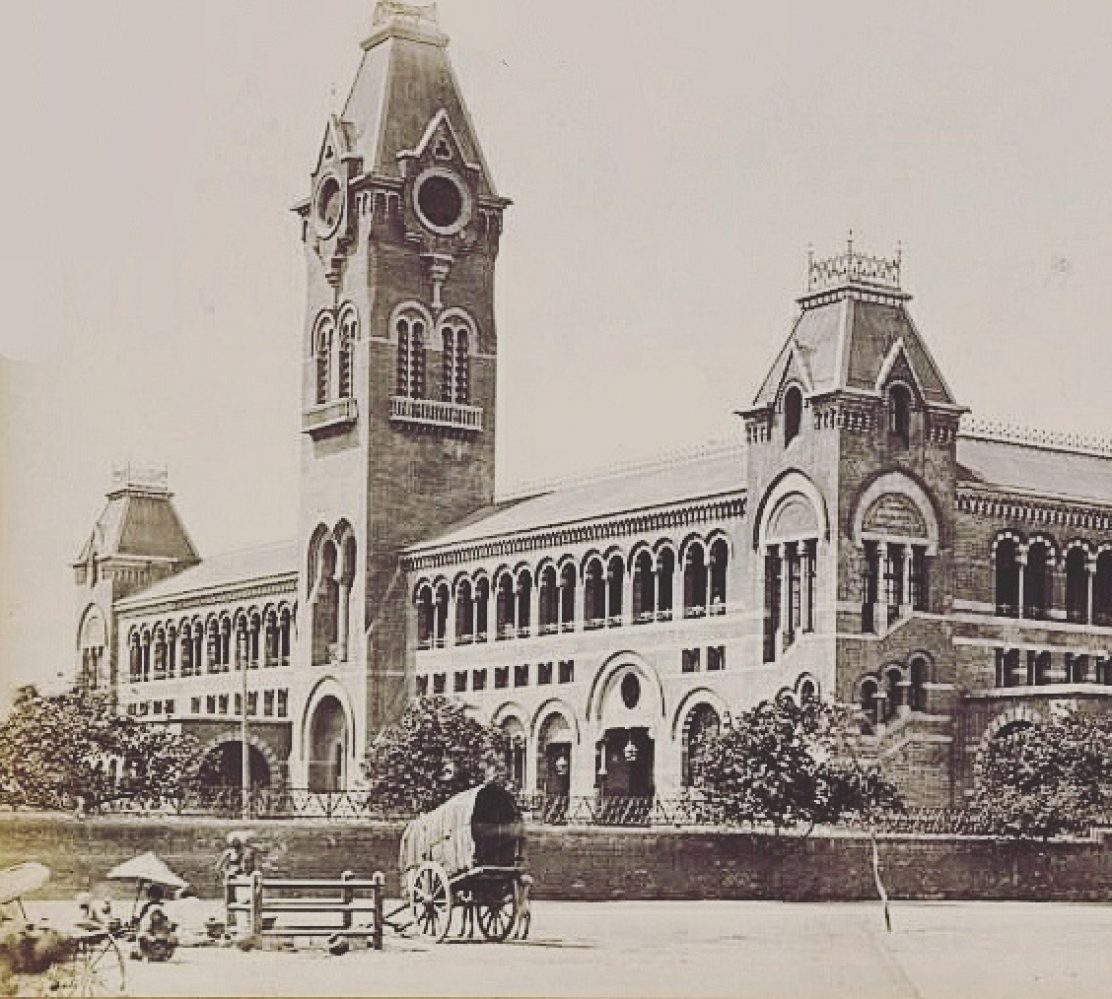Black town – As racist as it sounds was one of the most important places for the early British administration. Madras was founded 378 years ago 🎂 for trade and those beginnings in Fort St. George were dependent on what could be supplied by the first ‘Black Town’, where the High Court-Law College campus now is. After the French occupation and siege of Fort St. George, between 1746 and 1759 in two separate periods, this Black Town was razed and a new Black Town was developed north of Esplanade Road, now called N.S.C. Bose Road. This New Black Town continued to be the main supplier of goods to the merchants of the Fort, ‘White Town’, and, after being renamed George Town in 1911, a major importer of goods apart from prospering on exports. Till well after Independence, George Town remained the heart of business activities in South India.
This bustling business district soon became the headquarters for chaos, congestion and traffic 🚷. Despite the historical significance of this locality, it continues to be ignored by every government. George Town could very well be called as the financial hub 🏭 of the entire city and yet it remains in a dingy state. With the right infrastructure and regulations it could transform into a successful yet hassle free Commercial Street for both vendors and customers.
Source:The Hindu | S.Muthiah





